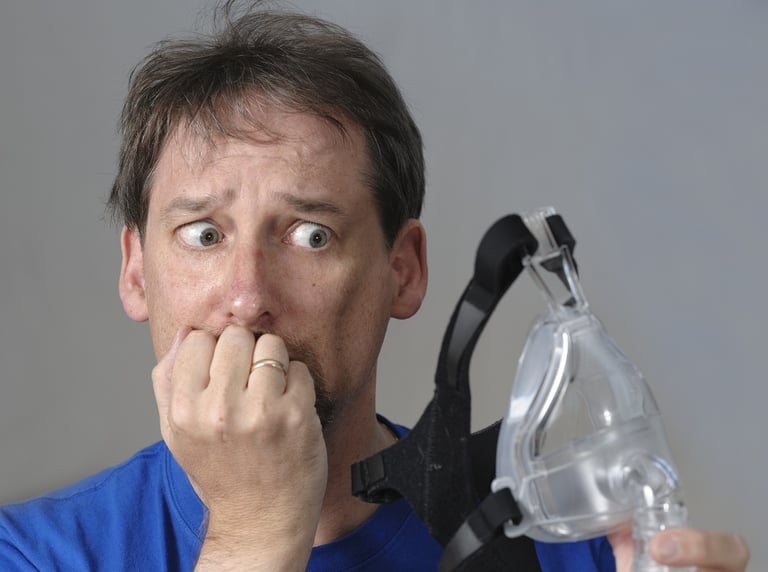
It's normal to have mixed feelings about beginning CPAP therapy. Many people who are diagnosed with sleep apnea experience a mixture of relief and frustration when they hear they need to treat their sleep condition by keeping a machine by the bed and wearing mask.
If you have sleep apnea, on the one hand, you may experience relief from finally having a name for the condition causing your constellation of symptoms — and a plan for how to fix the sore throat, daytime drowsiness, headaches, concentration problems, brain fog, and other issues that can accompany untreated apnea. Starting CPAP therapy can have an immediate positive effect on your sleep, energy level, and health.
On the other hand, wearing a CPAP mask every night for the rest of your life is a significant adjustment to your comfort level and lifestyle. There's no way around the fact that you're bringing durable medical equipment into the most intimate space in your home — your bedroom. The CPAP machine takes up valuable real estate on your beside table, and the tubes and mask are hard to hide.
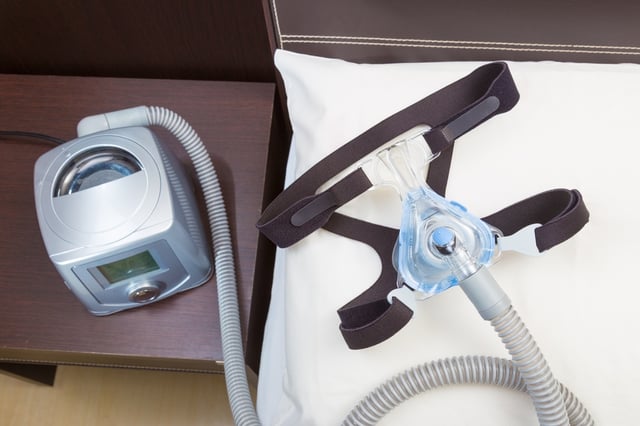
You'll be traveling with a CPAP now, too, every time you go on vacation, which means making extra space in your luggage or carry-on.
It's natural to feel strange about these changes to your habits at first, especially if you've never used any medical equipment before. In the first few weeks or months of your therapy, a CPAP machine and mask can feel like an unwelcome intrusion, upsetting habits and rituals you've had for decades.
"It's More Than an Adjustment Period; I'm Self-Conscious About Using CPAP."
For some people, adjusting to CPAP therapy is less about the physical comfort of the mask or the inconvenience of finding a spot for the machine. For some people, adjusting to CPAP therapy is more about the emotional or mental side to admitting they have sleep apnea.
Confronting the fact that they need a machine to help them sleep can make some apnea sufferers feel self-conscious or embarrassed. Sleep apnea carries connotations they prefer not to associate with themselves.
Here, we explore a few common emotional barriers to using CPAP and offer counterpoints to show you how you can shift your perceptions and embrace your CPAP therapy.
1. "Only Obese People Have Apnea."
To some people, hearing they have sleep apnea is synonymous with being told they're overweight. The truth is, three types of apnea exist: obstructive sleep apnea (OSA), central sleep apnea, and mixed sleep apnea.
While it's true that people who are overweight or obese are at greater risk for OSA due to the presence of fatty tissue in the throat area, you don't need to be heavy to have this sleep condition. Average-weight and thin people experience apnea too. OSA can be caused by taking certain medications, drinking alcohol before bed, smoking, or sleeping in certain positions.
It may even be outside your control. The structure of your nasal passages, jaw, or throat may make your more likely to develop OSA. You could also have extra tissue in your soft palate that obstructs the airway when you sleep. Or your condition may be linked to hereditary causes or to menopause.
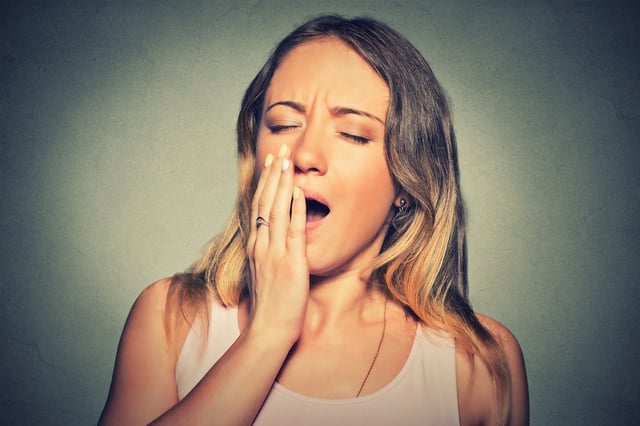
Keep in mind that not every form of sleep apnea is obstructive. Central sleep apnea is caused by the central nervous system failing to signal your diaphragm to manage breathing while you sleep. It has nothing at all to do with weight, unless your weight has contributed to a more serious condition that is linked with central apnea (such as heart failure or chronic kidney failure). Central sleep apnea can have a neurological or other underlying medical cause, or it can be caused by medications or changes in altitude.
Remember, many different factors affect one's likelihood of developing apnea. Being told you need to sleep with a CPAP machine isn't necessarily a criticism of your weight or your diet and exercise habits.
If you are overweight, however, think of the CPAP machine as a partner in your efforts to get healthier. So much of weight management is dependent on getting enough sleep. If you struggle with maintaining a healthy weight, look at the CPAP as a fitness tool, similar to a treadmill or exercise bike. Using a CPAP isn't shameful; it's the first step to being proactive and responsible for your own wellness.
2. "Using a CPAP Means I'm Old."
It's true that the people at the highest risk for developing sleep apnea are those over 40 (men more so than women). The rate is even higher after age 60.
However, the average life expectancy of men and women in the U.S. is 79, according to the World Health Organization. If you start using CPAP at 40, you're not old — you're precisely middle-aged, and in good company. The National Sleep Foundation estimates that over 18 million American adults have obstructive sleep apnea.
Using a CPAP may be a sign that you're aging, but it's hardly proof that you're ancient. In fact, you may feel and look younger once you begin therapy and start sleeping better. You'll almost certainly be healthier.
If you're worried about looking or feeling old, think about how you look and feel in the morning after your worst night's sleep. Now imagine experiencing that more nights than not.
3. "Using the CPAP Makes Me Look Sick."
If you're otherwise healthy, taking home a piece of durable medical equipment with tubes and placing it by your bedside can be daunting, maybe even depressing. You may look at it and think of hospital rooms and respirators. Being hooked up to a breathing machine is intimidating because the associations with "I need help to breathe" are not positive ones.
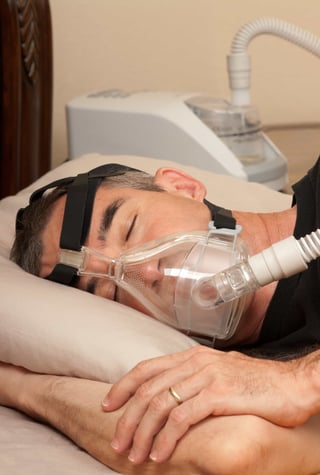 However, keep in mind the prevalence of obstructive sleep apnea in the United States and worldwide. If you have OSA, you're hardly alone. Up to one in five American adults are living with diagnosed OSA, and even more with undiagnosed forms of sleep apnea. OSA is extremely common and very manageable, with the right medical equipment.
However, keep in mind the prevalence of obstructive sleep apnea in the United States and worldwide. If you have OSA, you're hardly alone. Up to one in five American adults are living with diagnosed OSA, and even more with undiagnosed forms of sleep apnea. OSA is extremely common and very manageable, with the right medical equipment.
If you have apnea, you're not sick; you have a very common sleep condition, easily treatable with the appropriate therapy. If you don't use the CPAP, however, you might become sick. Long-term, untreated sleep apnea can contribute to many serious conditions, including brain damage, heart disease, high blood pressure, stroke, diabetes, and depression.
If you really don't like the way the CPAP looks next to your bed, remember — you can put it in a drawer when you're not using it. But don't stop using it!
4. "Air Travel with a CPAP Is Embarrassing."
There's no question that traveling with a CPAP machine can be a pain, especially if you're bringing it on board the plane in a carry-on.
Just remember to check TSA guidelines before packing your equipment. Be prepared to take all your CPAP components out of your carry-on during the security screening process (keeping the mask and tubing in a clear plastic bag can speed things up), and carry your prescription if you intend to use the mask on the plane.
As long as you're prepared, you should have no hold-ups going through security. TSA officials X-ray and hand-check hundreds of CPAPs per day. If you're planning to use the CPAP on the plane, check with your airline first to see if you need advance permission. You can always cover up with a blanket or a hoodie sweatshirt if you're embarrassed about using the machine in flight.
5. "CPAP Isn't Sexy."
Intimacy is one of the biggest concerns people have about CPAP. Some people fear that having a medical device next to one's bed could be seen as a turn-off. Others worry that wearing the CPAP mask will be unsexy or intrusive in some way.
If you're single or dating and concerned that the CPAP next to your bed is a turn-off, you can always keep it in a drawer until it's needed. If you're in a serious relationship, however, chances are your partner or spouse will be more than happy to put up with your CPAP machine if it means you'll have more energy and you'll snore less.
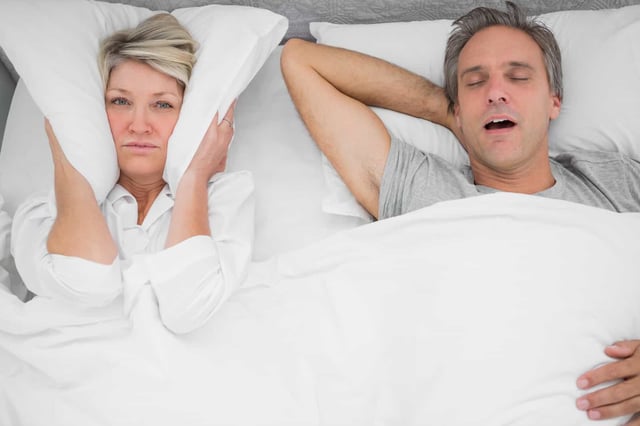
Remember, the sleep mask doesn't go on before sex, it goes on after, right before you go to sleep. When both partners are in dreamland, nobody's paying attention to headgear. The biggest concern you may have is whether or not the ports on your mask are exhaling air onto your partner's neck. Instead of being the "big spoon," you may need to adjust to being the "little spoon."
Overall, the CPAP is more likely to alter your sleep life than your sex life. But these changes are positive. Two well-rested, healthy partners are better than two groggy and grumpy ones (or one that falls asleep in the middle of the act).
Instead of being self-conscious about how the CPAP makes you look, think of what untreated sleep apnea may do to your body and appearance over time. Wearing a funny-looking mask is a small price to pay in exchange for health and longevity.









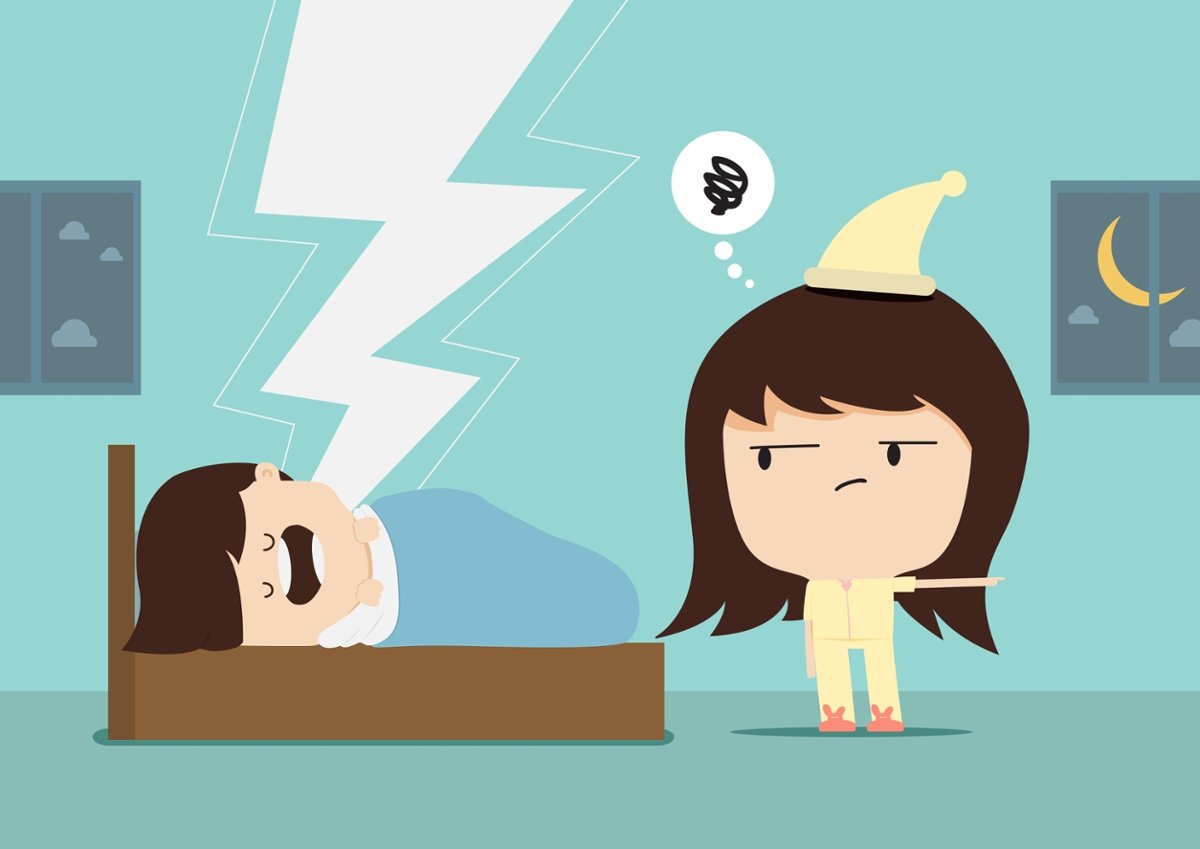

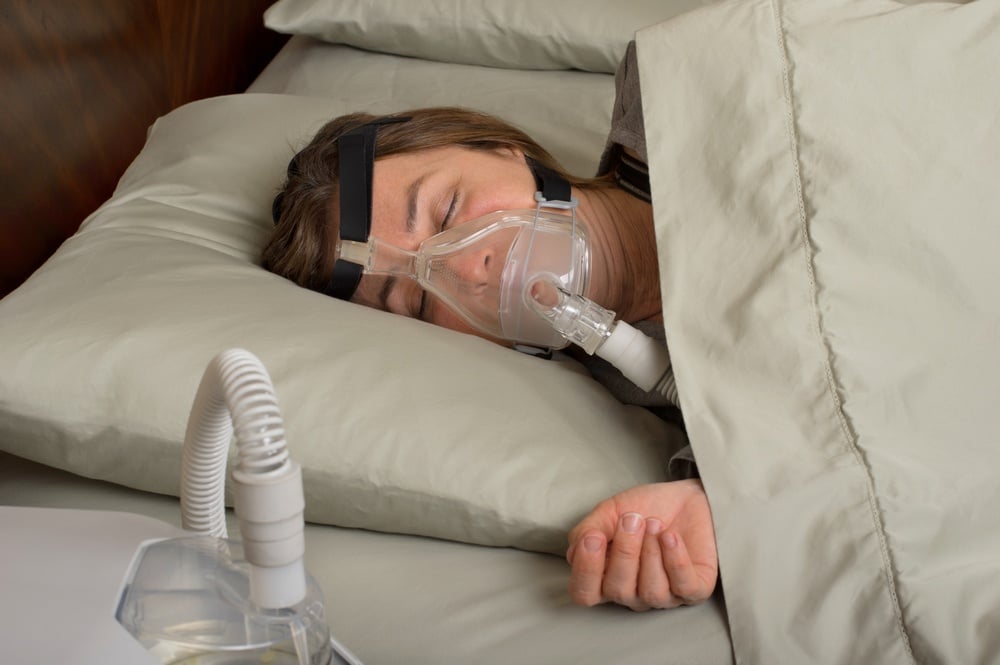
Leave a comment